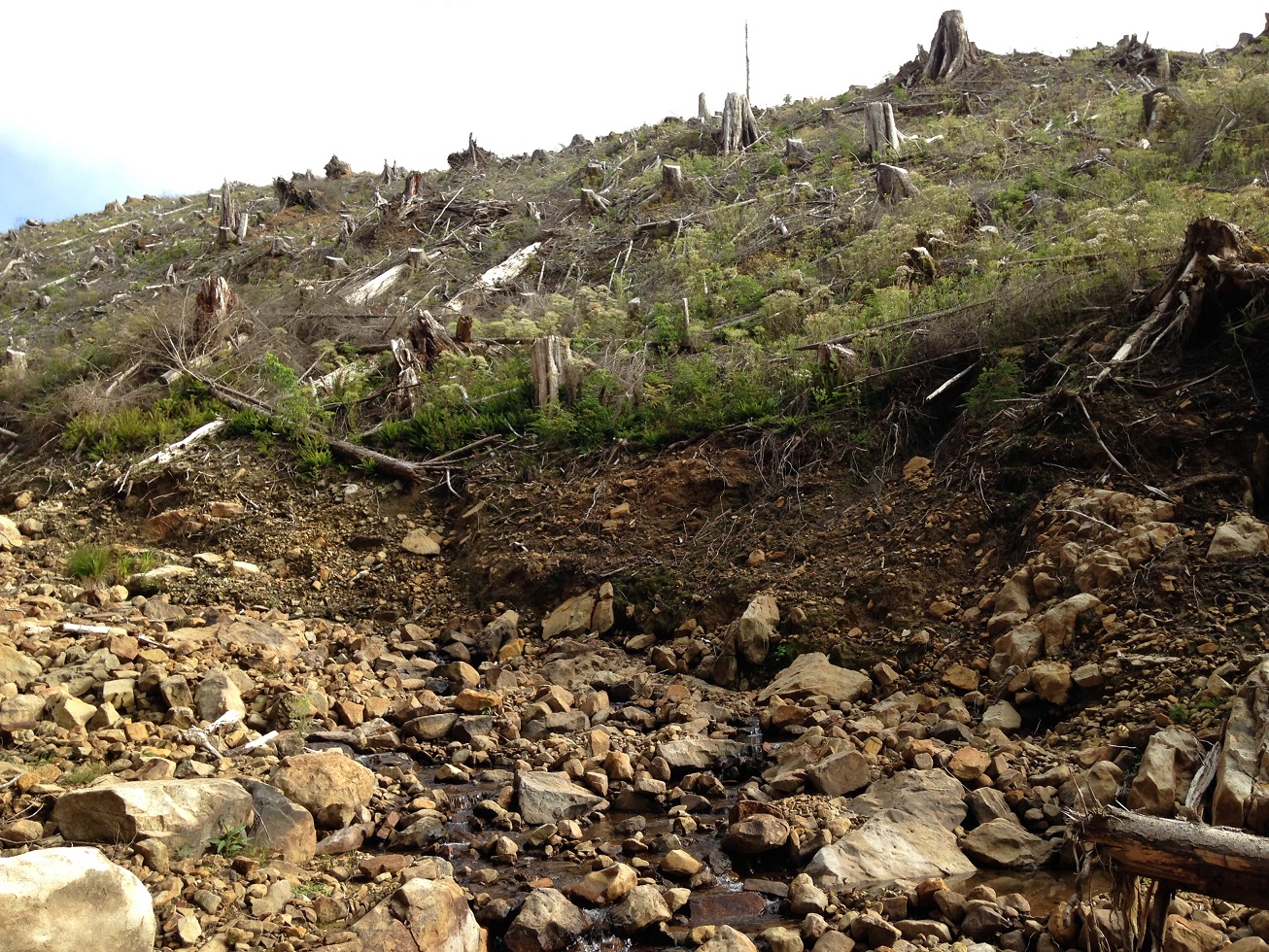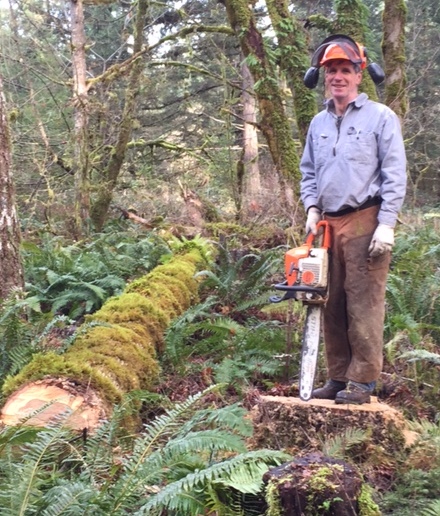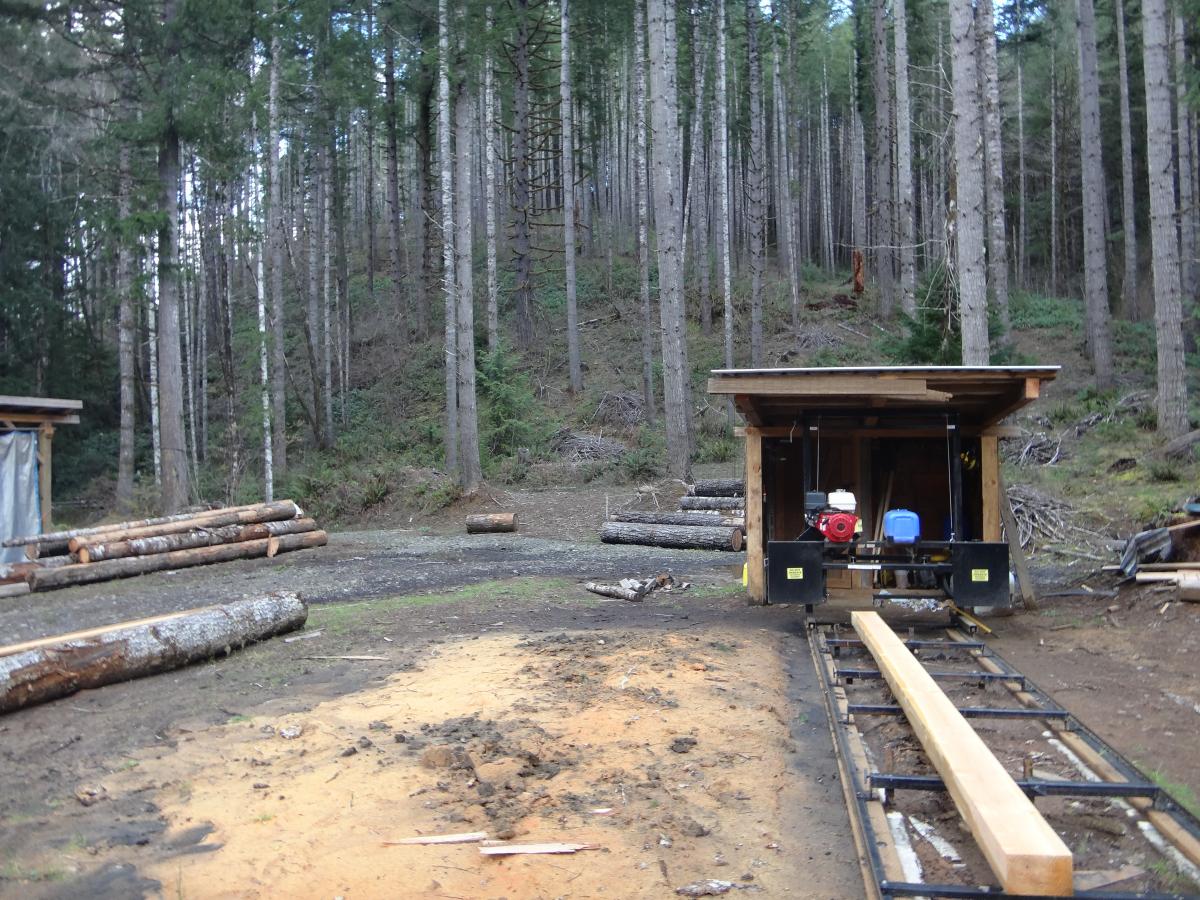
Our friends over at the North Coast State Forest Coalition have launched an online petition directed at Governor Kate Brown, who will soon be appointing new members to Oregon’s Board of Forestry. The petition calls on Governor Brown to “ appoint someone that helps diversify the expertise and background of the Board . . . who is not tied to commercial timber interests.”
If you are one of the few people in Oregon who follows the Oregon Board of Forestry (BOF) and their shenanigans, then like me, you are probably itching to get over there and sign it. You can find that petition by clicking here.
If like many Oregonians, you aren’t familiar with this particular acronym and its place in Oregon’s alphabet soup of boards, commissions and agencies, read on, friend. Let me tell you about one of the many ways the clearcut and spray industry has too much power to do as it pleases to the forests and rivers that Oregon’s people and wildlife depend on.
So what is the Board of Forestry
The BOF has 7 members, appointed by the Governor and confirmed by the State Senate, whose job is to “supervise all matters of forest policy within Oregon.” Which means that they make the rules that regulate logging, appoint the State Forester, and oversee the State Forester’s management of the Oregon Department of Forestry.
 |
| This clearcut near the author's home demonstrates what this Board of Forestry considers "sustainable". |
To put it another way, when I look up at those steep hills, near my home in the Coast Range, with streams running through them and helicopters spraying dangerous chemicals on the clearcut moonscape, I often wonder :
"Why is this still happening in Oregon in 2016?"
There are two answers to that question: Oregon law allows it (Oregon Forest Practices Act), and the BOF refuses to take meaningful steps to update logging regulations in the state.
You have heard from Oregon Wild about work we are doing to address the Oregon Forest Practices Act, to have it reflect modern science and modern values such as clean water, clean air and human safety. Well, the BOF is the other thing that must change if we are to see healthy, forested watersheds in the future.
Why does the Board of Forestry need to change?
The glaring problem with Oregon’s BOF is this: we should know by now that it is unreasonable to expect an industry to regulate itself, but 5 out of 7 members of this board are currently or recently tied to the business of resource extraction (logging, drilling, mining.) Only one Board member has a substantial background in science, and as you may expect, you will often find her fighting a steep uphill battle as she works to bring science and common sense to board members more focused on corporate profits than forest and watershed health.
Examples of this industry slant can be seen in the Board’s recent decision to strip protections from Bald Eagle winter roosting sites, or to deny a request that they follow laws protecting threatened Marbled Murrelets. Additionally, just this last year, Oregon lost over $1 million in federal grants from science based agencies when the BOF failed to enact rules to protect Oregon’s streams and the fish who live in them by leaving larger stips (buffers) of trees along the sides of some streams. Instead of accepting the advice of fisheries biologists calling for a minimum 150ft buffer protecting streams, the BOF accepted buffers less than half that size.
To make matters worse, these new rules do nothing to address the fact that Oregon’s logging law leaves at least 70% of the stream network completely unprotected from clearcut logging. The results of such failures were clear last year as river temperatures skyrocketed, fish started dying, and fishing was closed to many Oregonians.
In addition to failing to protect waters and wildlife, the BOF has no representation for the foresters and woodlot owners throughout the state who are making a real effort to develop logging styles that will enhance them, instead of destroying them. Only large industrial models seem to be of concern to this board, with a focus on short-term profit instead of long-term forest and watershed health.
The Board of Forestry desperately needs reform, but don’t just take it from me: let me introduce you to some real experts on the subject. Peter Hayes is a former member of the Board of Forestry, and his family has been in the forest products business since 1848.
Hyla Woods, Peter’s company, strives to create ecologically complex, economically viable, responsibly operated forests.
 |
| Peter Hayes of Hyla Woods |
“The effectiveness of the Board of Forestry depends on it being composed of members who are willing and able to truly understand and fairly represent the interests of all Oregonians,” Peter told me, regarding the membership of the Board. “The interests of innovative, forward looking, regenerative forestry in Oregon are best served by a Board of Forestry whose members are free of conflicts of interests linked to industrial forestry. For too long Oregonians have tolerated a system that expects an industry to be self regulating.”
Consider these words from David Eisler, owner of Shady Creek Forest Resources, an FSC certified woodlot and mill in the Coast Range:
 |
| Shady Creeek Forest Resources Mill & forest |
“As a forestland owner who manages, harvests, mills and sells forest products and has a stake in Oregon's forestry future I have, over the last 30 years, consistently felt that the Board Of Forestry has not given concern for issues that impact forest health, aquatic health and most importantly, human health.The Board clearly represents and protects the industrial forestry model to the exclusion of other valid forestry interests.”
Well said gentleman, well said.
Governor Brown has already struggled to win over Oregonians who care about the health of our forests, waters and wildlife. It is time to send her another reminder that Oregonians value healthy watersheds, and we expect our elected officials to protect them. Are you ready to sign that petition now? Sign the petition here!

